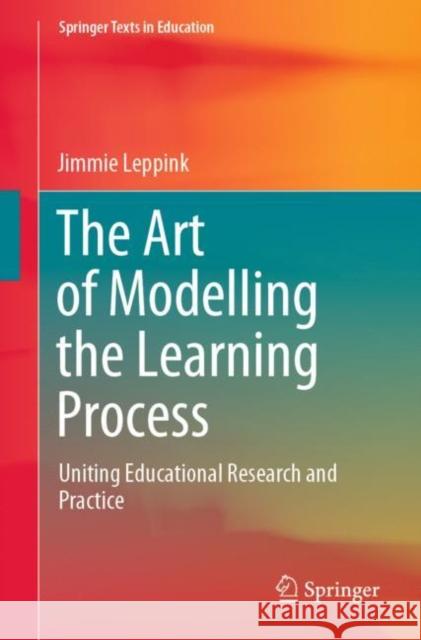The Art of Modelling the Learning Process: Uniting Educational Research and Practice » książka
topmenu
The Art of Modelling the Learning Process: Uniting Educational Research and Practice
ISBN-13: 9783030430818 / Angielski / Miękka / 2020 / 264 str.
Kategorie:
Kategorie BISAC:
Wydawca:
Springer
Seria wydawnicza:
Język:
Angielski
ISBN-13:
9783030430818
Rok wydania:
2020
Wydanie:
2020
Numer serii:
000794579
Ilość stron:
264
Waga:
0.41 kg
Wymiary:
23.39 x 15.6 x 1.57
Oprawa:
Miękka
Wolumenów:
01
Dodatkowe informacje:
Wydanie ilustrowane











